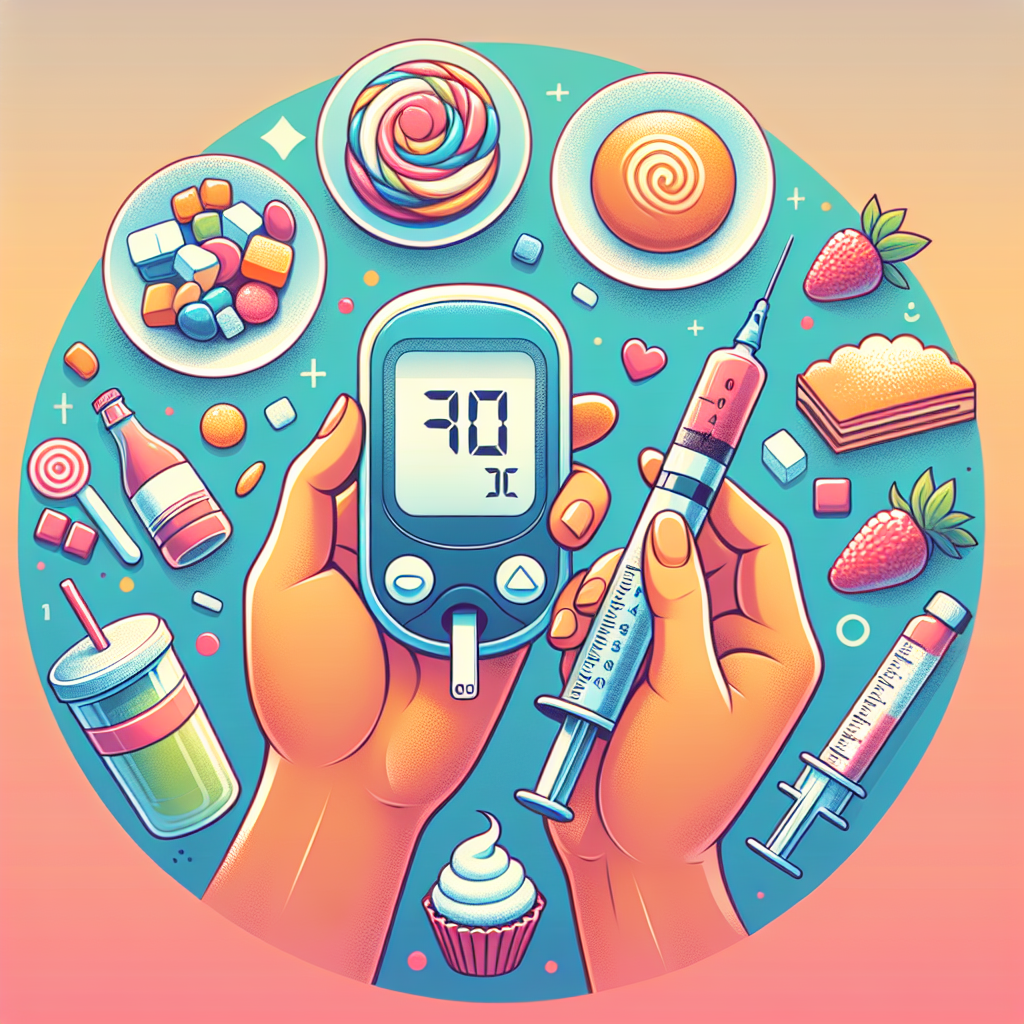
Key Takeaways
-
Hydrotherapy can significantly improve skin health for those with diabetes.
-
Specific hydrotherapy techniques, like soothing soaks and gentle aquatic exercises, can reduce skin irritation and improve circulation.
-
Starting hydrotherapy requires understanding your skin’s needs and taking safety precautions to avoid complications.
-
Regular hydrotherapy sessions, when combined with proper skin care, can maintain healthy, itch-free skin.
-
Always consult with a healthcare professional before beginning any new treatment regimen, including hydrotherapy.
Discover Hydrotherapy
Imagine stepping into a warm, soothing pool of water that not only relaxes your muscles but also heals your skin. That’s the magic of hydrotherapy, an age-old practice that has been helping people find relief from various ailments, including the unique skin challenges faced by those with diabetes. Let’s dive in and explore how this water-based treatment can be a boon for diabetic skin health.
What Is Hydrotherapy?
Hydrotherapy, at its core, is the use of water to treat various conditions and promote physical well-being. It can be as simple as a warm bath or as specialized as aquatic exercises in a temperature-controlled pool. The water’s temperature and pressure are tailored to target specific health issues, making hydrotherapy a versatile and effective option for those with diabetes.
Why It’s a Game-Changer for Diabetic Skin
For individuals managing diabetes, skin care is a top priority. High blood sugar levels can lead to dry, itchy, and sometimes painful skin conditions. Hydrotherapy steps in as a game-changer because it provides gentle, yet effective treatment options that can alleviate these symptoms. The warm water increases blood flow, which is essential for healing, while the buoyancy reduces stress on the skin by providing a weightless environment that eases inflammation.
Top Hydrotherapy Techniques
There’s a variety of hydrotherapy methods out there, each with its own set of benefits. We’ll focus on the ones that are particularly beneficial for those with diabetic skin concerns. These techniques can help hydrate the skin, soothe irritation, and improve circulation—key factors in maintaining skin health for diabetics.
1. Soothing Soaks for Sensitive Skin
A warm bath can do wonders for sensitive, diabetic skin. It’s a simple form of hydrotherapy that you can enjoy in the comfort of your own home. The warmth of the water helps to open pores, which facilitates better absorption of moisturizers post-bath. To enhance the experience, consider adding oatmeal or baking soda, which have natural soothing properties.
2. Gentle Aquatic Exercises
Exercise is vital for diabetes management, but it can be challenging for those with skin irritation. Aquatic exercises offer a skin-friendly workout solution. The water supports your body, reducing the friction that can aggravate sensitive skin, while the movement helps to improve blood flow and skin health. Think of activities like water aerobics or swimming laps at a gentle pace.
3. Steam Therapy and Its Benefits
Steam rooms are another hydrotherapy option that can benefit diabetic skin. The steam hydrates the skin and opens up the pores, allowing for deep cleansing. It’s also a relaxing way to detoxify the body. However, it’s essential to stay hydrated and limit the time spent in the steam room to prevent overheating.
4. Contrast Baths and Improved Circulation

Contrast baths involve alternating between warm and cold water baths. This technique can stimulate blood flow and reduce inflammation. It’s especially beneficial for those with diabetic neuropathy, as it can help to improve sensation in the limbs. Always start with the warm bath and end with the cold to ensure the best results.
Creating Your Hydrotherapy Plan
Starting hydrotherapy may feel overwhelming, but it doesn’t have to be. The first step is to develop a plan that’s tailored to your needs and lifestyle. A good plan takes into account the type of hydrotherapy that will benefit you the most, how often you should engage in it, and what you should do to prepare and follow up each session.
Step-by-Step Guide to Starting
First things first, consult with your healthcare provider. They can advise you on whether hydrotherapy is right for you and help you understand how to integrate it with your diabetes management plan. Once you have the green light, it’s time to pinpoint which hydrotherapy technique suits you best and how often you should practice it. For instance, you might start with gentle aquatic exercises twice a week and adjust as needed.
Next, find a facility that offers the hydrotherapy services you need. This could be a local gym, spa, or specialized clinic. Make sure the staff is knowledgeable about diabetes care, as this will ensure they understand your specific requirements.
Lastly, prepare your skin for the water. This means cleansing with a mild soap and applying any pre-treatment products your healthcare provider recommends. After each session, gently pat your skin dry and apply a moisturizer to lock in hydration.
Tailoring the Experience to Your Skin’s Needs
Every person’s skin is unique, especially when it comes to diabetes. Therefore, your hydrotherapy plan should be as unique as your skin. If you have dry, flaky skin, longer, warmer soaks might be beneficial. If you’re prone to fungal infections, a chlorinated pool for aquatic exercises can help prevent them. Always listen to your body and adjust your plan accordingly. If a particular method causes discomfort or doesn’t seem to help, don’t hesitate to try something else.
Safe Practices in Hydrotherapy
Hydrotherapy is generally safe, but there are risks, especially for those with diabetes. It’s crucial to understand these risks to prevent any adverse effects on your skin or overall health.
Understanding the Risks
One of the main concerns with hydrotherapy for diabetics is the risk of infection. High glucose levels can make your skin more susceptible to infections, and communal pools or tubs may harbor bacteria. Another risk is injury; numbness from neuropathy can make it hard to notice water that’s too hot, which could lead to burns.
Besides that, it’s important to be aware of your blood sugar levels before and after hydrotherapy sessions. The activity can lower your blood sugar, which is generally good, but you want to avoid hypoglycemia, a potentially dangerous condition.
Must-Follow Safety Tips
Here are some safety tips to keep in mind:
-
Always check the water temperature with your elbow or a thermometer before entering.
-
Don’t soak for too long—start with 10-15 minutes and see how your skin reacts.
-
Stay hydrated. Drink water before, during, and after your session.
-
Monitor your blood sugar levels closely to prevent highs and lows.
-
Keep your diabetes emergency kit nearby, just in case.
Getting the Most Out of Each Session

Maximizing the benefits of hydrotherapy means more than just showing up for your sessions. It’s about creating a holistic experience that nourishes your skin and body both during and after the water therapy.
During your session, focus on relaxing and letting the water do its work. Practice deep breathing and be mindful of how your body feels in the water. This can help reduce stress, which is also beneficial for blood sugar management.
After the session, take care of your skin. Gently dry off without rubbing too hard, and apply a diabetic-friendly moisturizer to keep your skin hydrated and protected. If you notice any skin changes, such as increased dryness, redness, or irritation, report them to your healthcare provider promptly.
For example, one of my clients found that after incorporating a weekly warm water soak with added colloidal oatmeal, her chronic dry skin began to improve significantly. She combined this with regular use of a hydrating moisturizer recommended by her dermatologist and saw a noticeable reduction in skin irritation.
Frequently Asked Questions (FAQ)
1. How Often Should I Practice Hydrotherapy?
The frequency of hydrotherapy sessions can vary depending on individual skin conditions and the advice of your healthcare provider. Generally, starting with one to two sessions per week is beneficial. Pay attention to how your skin responds and adjust accordingly. Some may find daily sessions helpful, while others may benefit from less frequent visits.
2. Can Hydrotherapy Replace My Current Skin Care Routine?
Hydrotherapy should be viewed as a complement to your current skin care routine, not a replacement. It’s essential to continue with regular cleansing and moisturizing. Hydrotherapy can enhance the effects of your daily skin care by improving circulation and hydration, which can make your skin more receptive to other products.
3. Is Hydrotherapy Safe for All Diabetics?
While hydrotherapy can be safe for many people with diabetes, it’s not suitable for everyone. Those with open wounds, active infections, or severe neuropathy should avoid it. Always consult with your healthcare provider before starting any new treatment to ensure it’s safe for your specific health condition.
4. What Should I Do If My Skin Reacts Negatively to Hydrotherapy?
If you experience any adverse reactions, such as increased dryness, itching, or signs of infection, discontinue hydrotherapy and consult your healthcare provider. They may suggest adjustments to your treatment plan or recommend alternative therapies to care for your skin.
For instance, a patient I worked with developed a mild rash after trying a new type of aquatic exercise. We found that the chlorinated pool water was the culprit. By switching to a saltwater pool and ensuring thorough rinsing and moisturizing after sessions, the rash resolved, and the patient could continue enjoying the benefits of hydrotherapy.
5. Are There Special Hydrotherapy Facilities for Diabetics?
Some hydrotherapy facilities are more equipped to cater to the needs of individuals with diabetes, offering specialized programs and staff trained in diabetic care. It’s worth researching and reaching out to local facilities to inquire about their accommodations for diabetic clients. Additionally, many diabetes care centers can provide recommendations for suitable hydrotherapy locations.
Remember, the goal of hydrotherapy for diabetic skin is not just to provide temporary relief but to foster long-term skin health. With the right approach, you can enjoy the soothing benefits of water therapy while keeping your skin in top condition. So go ahead, dip your toes into the healing waters of hydrotherapy and take a step towards itch-free, hydrated, and healthy skin.


